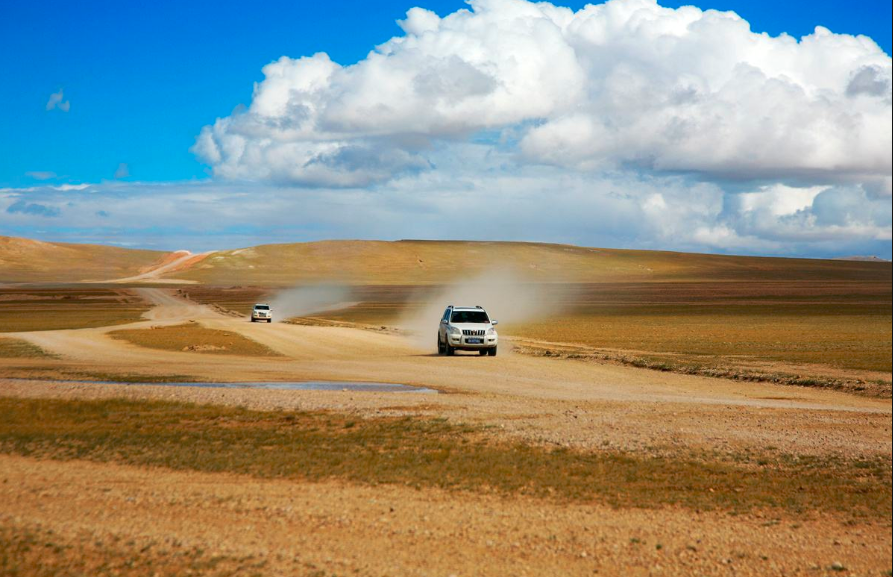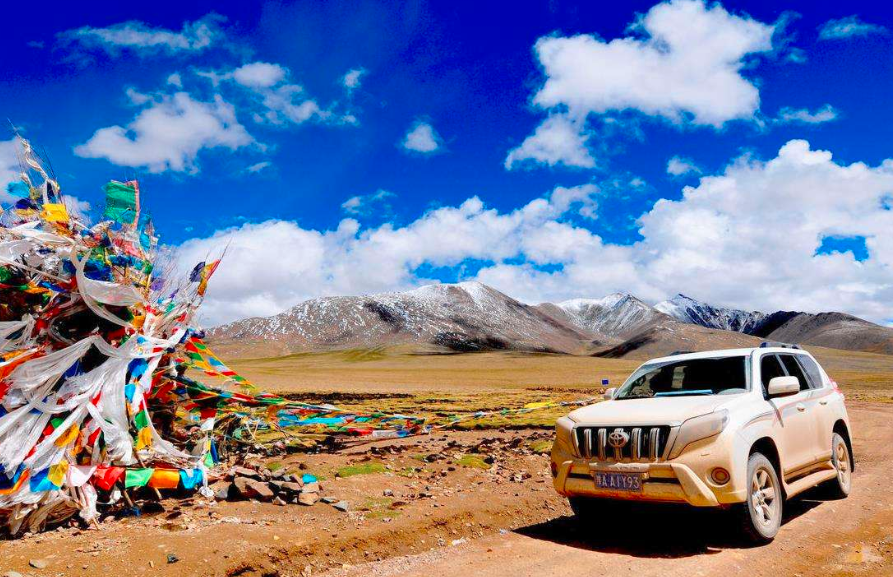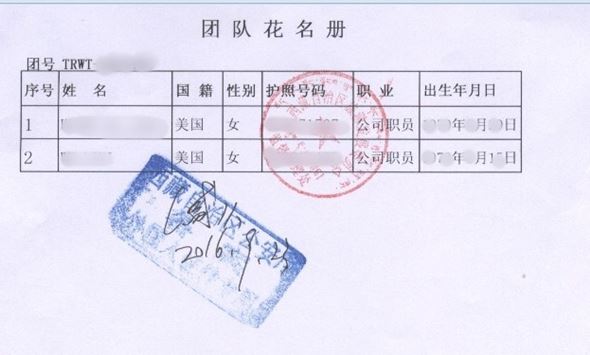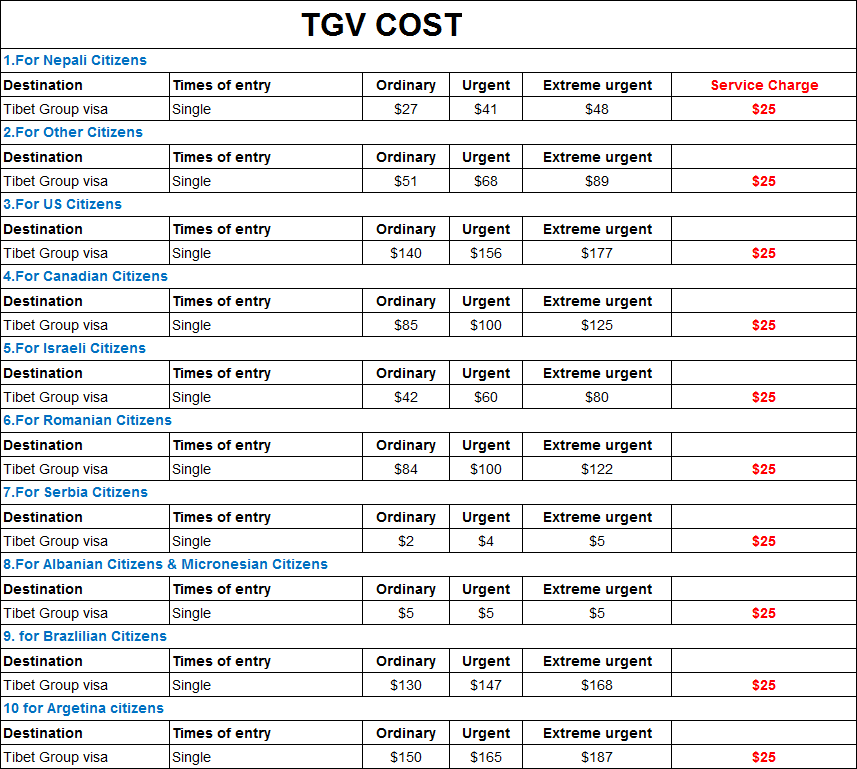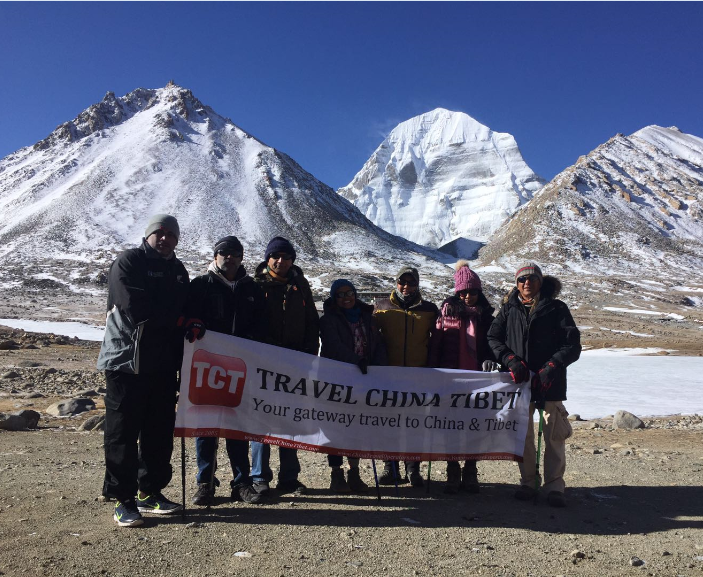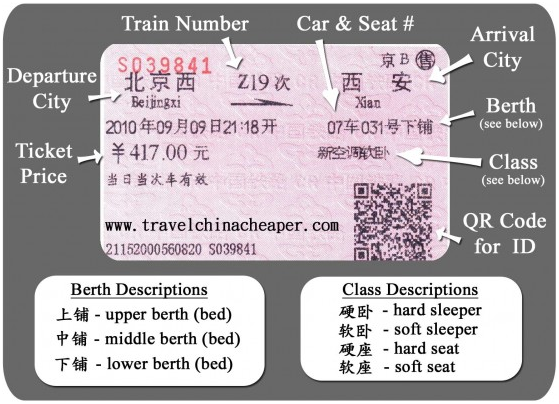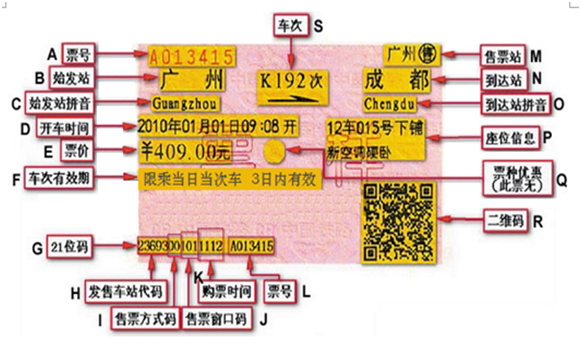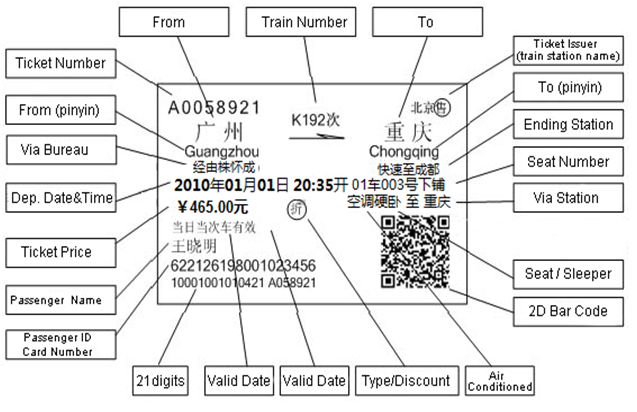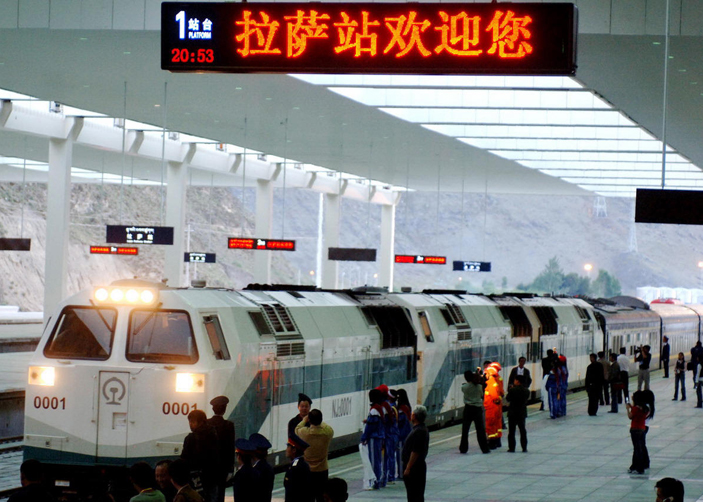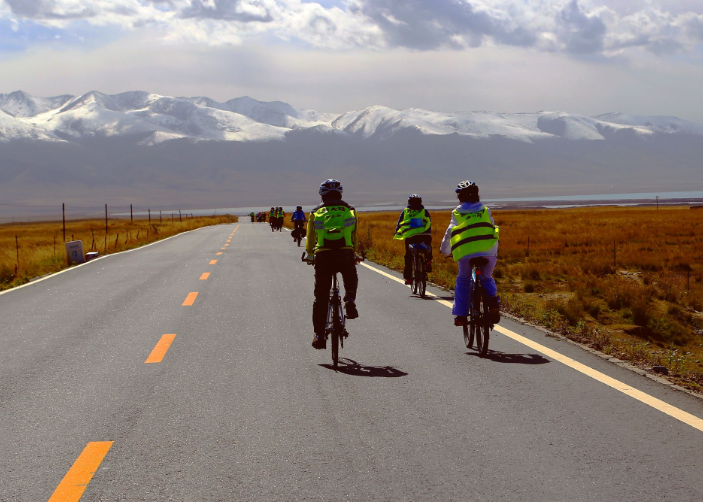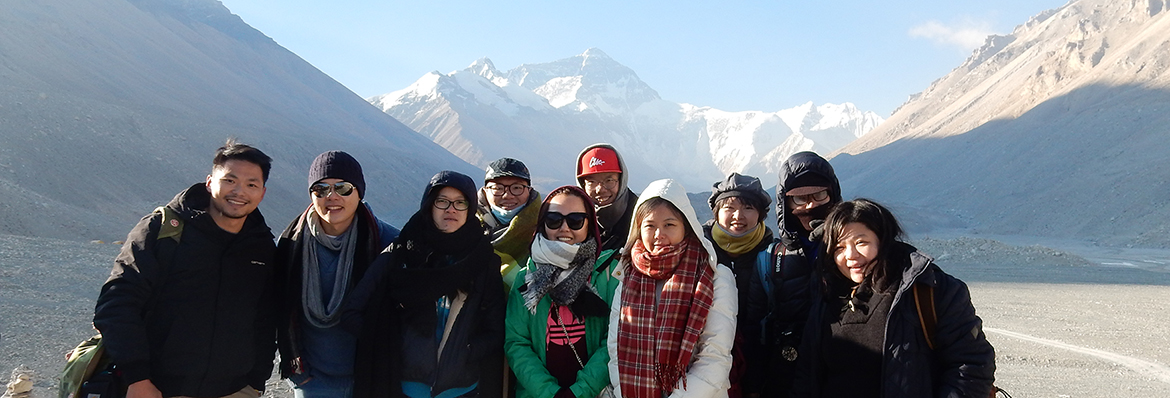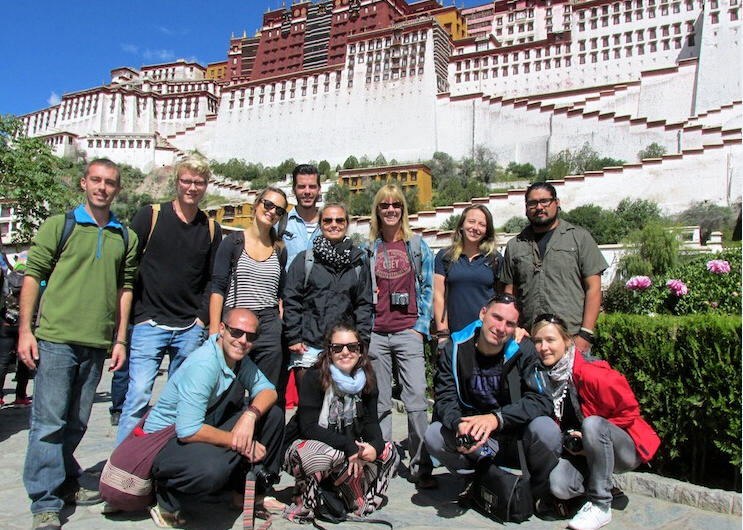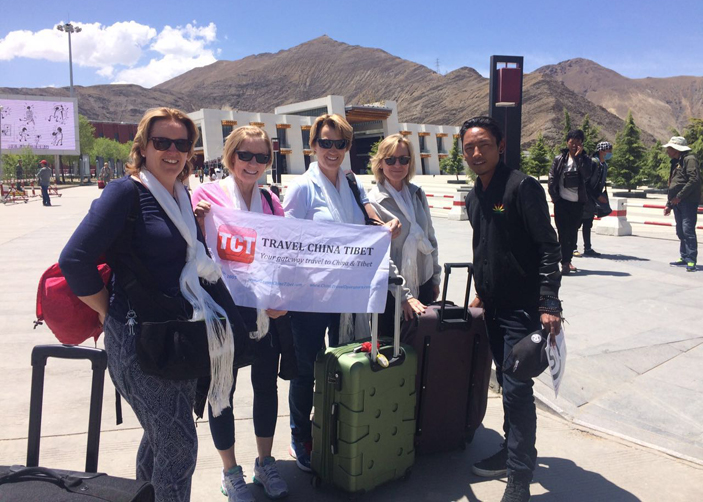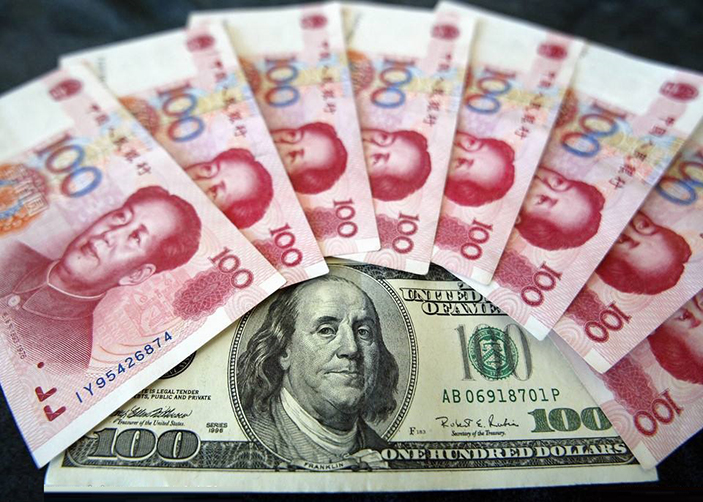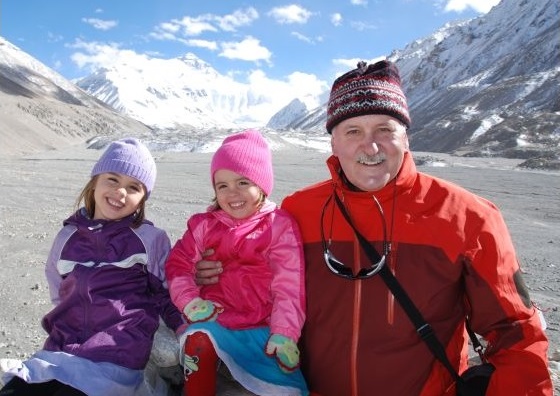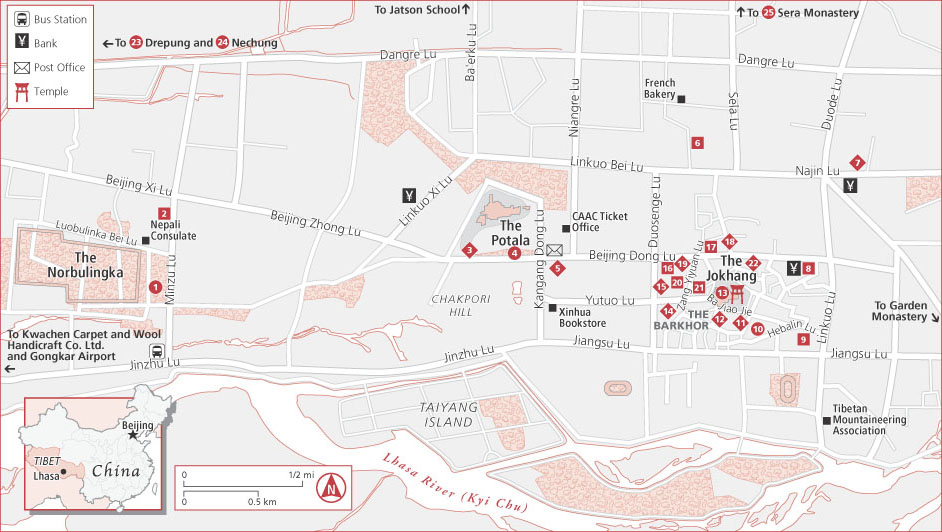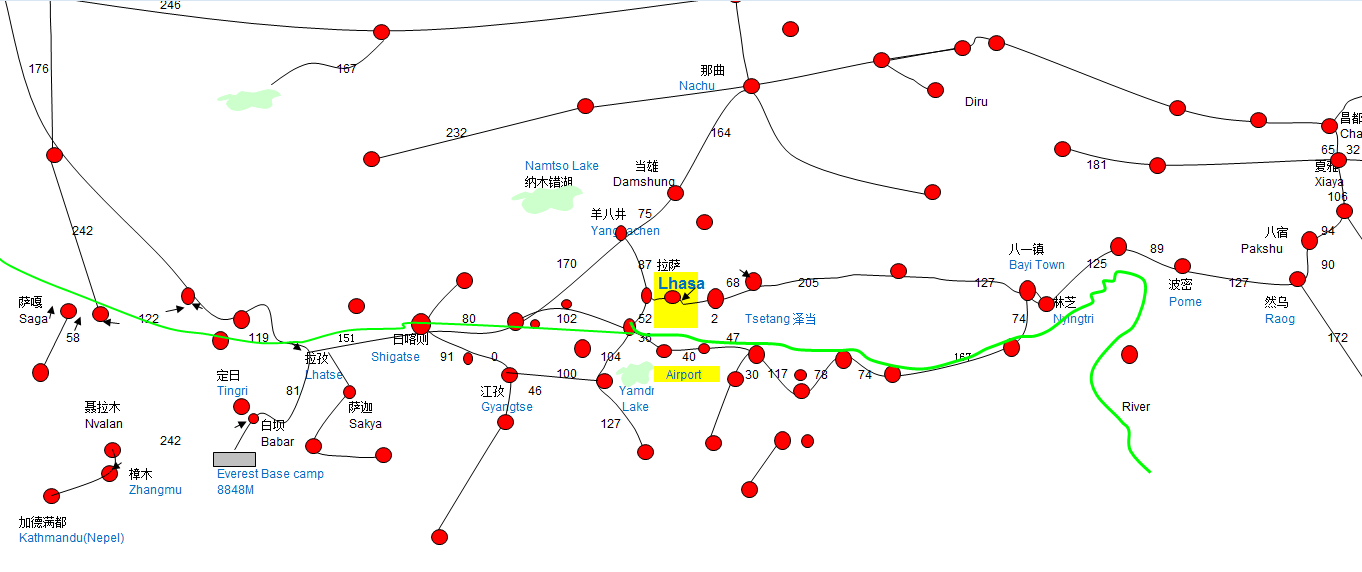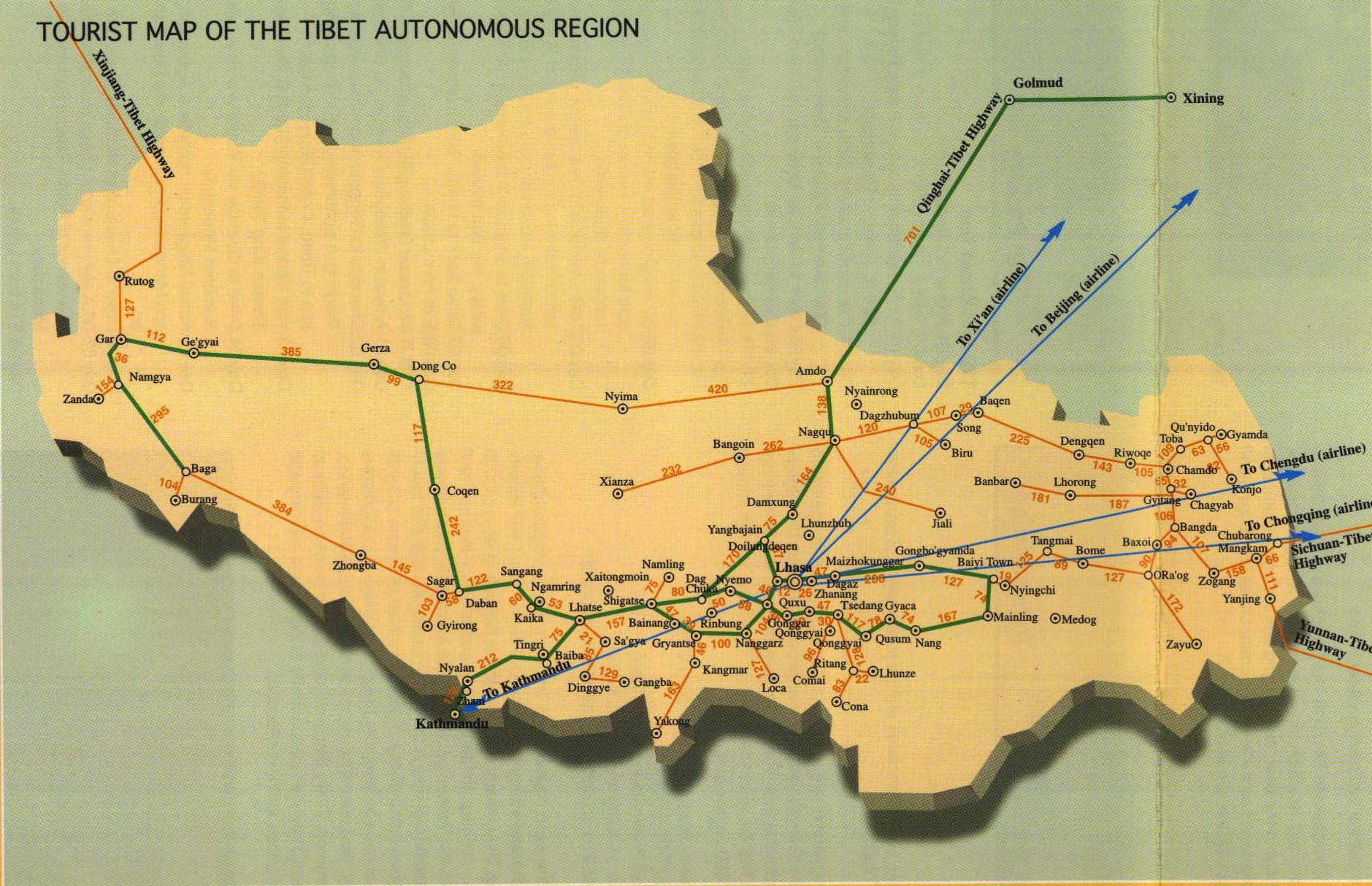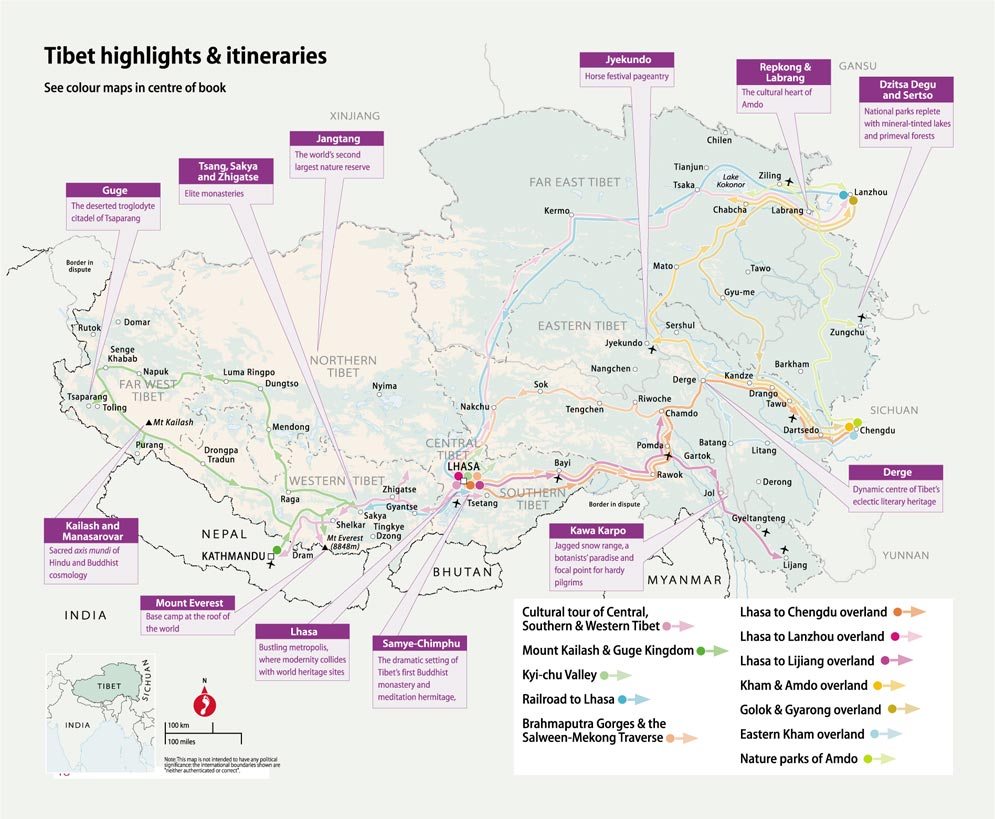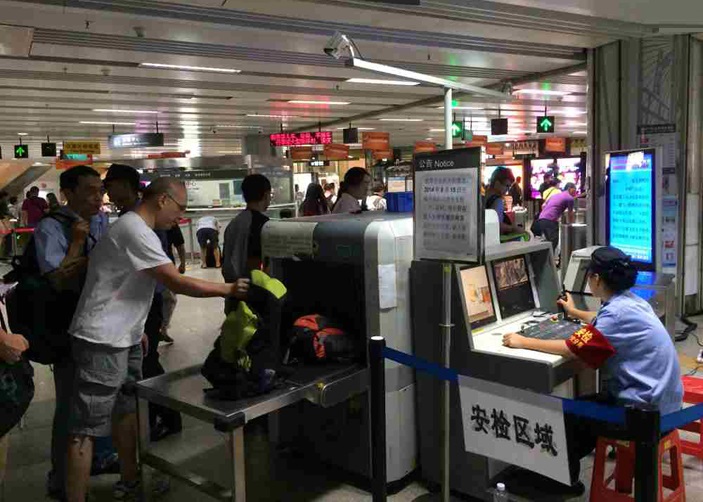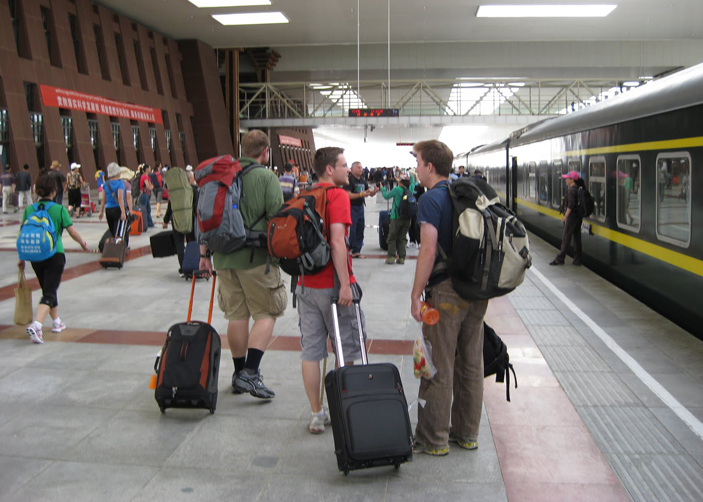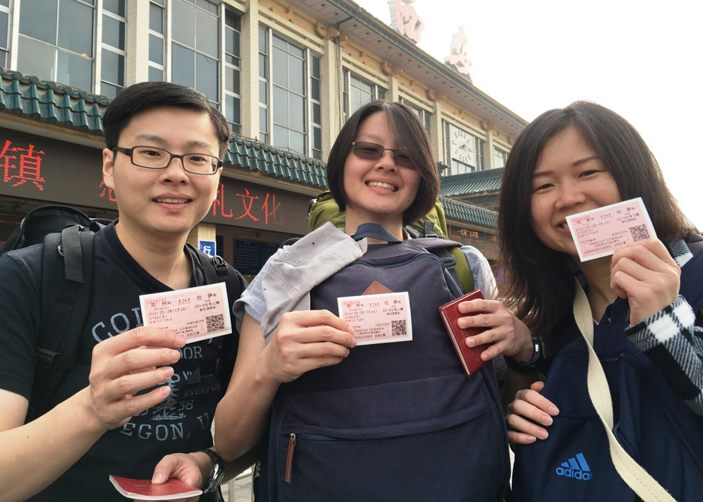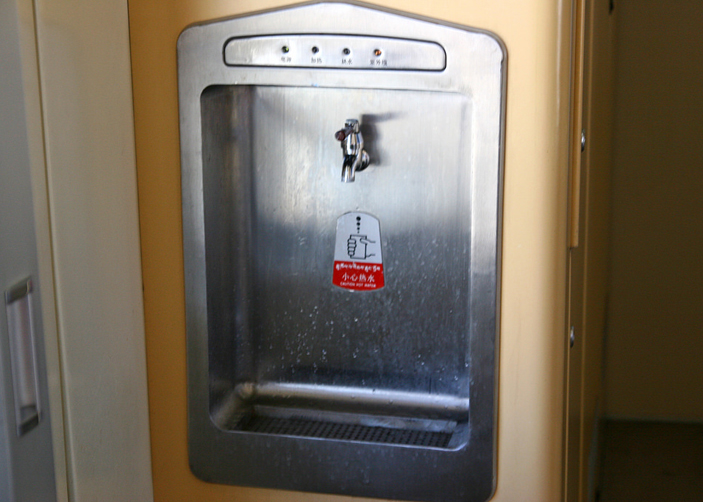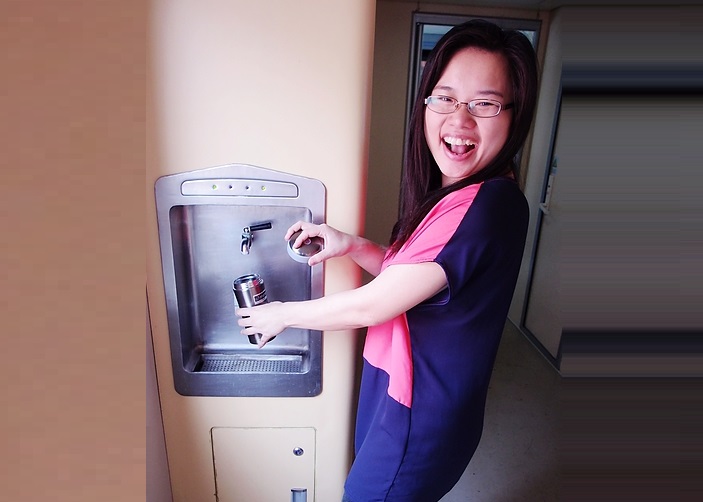TravelChinaTibet.com Can Help!
If you are planning to visit Tibet, then you will need to apply for a Tibet Travel Permit(TTP). Here at TravelChinaTibet.com (TCT) we have helped thousands of travelers successfully get their Tibet Travel Permit approved! You can submit your Tibet Visa Application online with us and we will take care of the rest.
What is a Tibet Travel Permit?
The Tibet Travel Permit is probably the most important document that you will need to get into Tibet. It is officially the Tibet Travel Permit, but you may have also seen the terms Tibet Visa, Tibet Entry Permit, or TTB Permit being used. This permit is issued by the Tibet Tourism Bureau, so it is also referred to as the TTB permit. This document is required by the Tibetan government for all foreign visitors to enter Lhasa and travel around Tibet. Chinese citizens including Hong Kong and Macau Residents are not required to have this permit. Travelers will need to present this permit before boarding any trains or flights bound for Tibet.
This may not be the only permit that you need to visit Tibet if you plan to travel outside the Lhasa area. Visitors who wish to travel to restricted areas, such as Mount Everest or Mount Kailash, will require additional permits.
What are the Other Types of Tibet Permits & Tibet Visas?
We will give you a brief introduction to the different types of Tibet Permits and Visas, but we help our travelers arrange all the necessary permits and visas based on their itinerary, so you don’t have to worry about figuring out which ones you will need for your Tibet trip.
Tibet Travel Permit (TTP)
This is the most important document of your Tibet trip. The Tibet Travel Permit is required for all foreign visitors to enter and travel around Tibet. We help all of our travelers arrange for their Tibet Travel Permits for free.
Tibet Group Visa (TGV)
Tibet Group Visa (TGV) is a supplementary document of Tibet Travel Permit and ONLY required if you are traveling from Nepal to Tibet. It will be arranged by our company and our Nepal office. Click for more.
Alien's Travel Permit (ATP or PSB Permit)
The Alien’s Travel Permit is ONLY required for traveling to some restricted areas of Tibet. We will help you apply for the Alien’s Travel Permit if your itinerary requires it.
Military Permit
The Military Permit is ONLY required for traveling to some restricted areas such as the Nagari area. We will submit the application on your behalf if it is required for your Tibet itinerary.
Tibet Travel Permit Online Application Process
When you travel with us here at TravelChinaTibet.com applying for your Tibet Travel Permit is actually quite simple.
Here are the 3 Easy Steps to Getting Your Tibet Travel Permit.
1. Submit your travel dates and travel plans to us online.
2. Confirm your Tibet Tour with us.
3. Email us a copy of your travel documents (Passport and Chinese Visa.)
It is s as simple as that. We will take care of the rest.
Local Tibetan government regulations require that all foreign travelers arrange a tour with an Authorized Tibet Travel Agency like TravelChinaTibet.com. All Tibet Travel Permit Applications must be submitted through the travel agency because individual applications are not accepted.
How Much Does the Tibet Travel Permit Cost?
We do not charge any service fees for your Tibet Permit Application, so it is actually free when you arrange and book your Tibet tour with us. According to the Tibet local regulations the travel agency is only allowed to apply for the Tibet Travel Permit on behalf of travelers who have already booked a tour. The Tibet Travel Permit cannot be purchased by independent travelers who do not book a tour with a local Tibet travel agency.
How Do I Get the Actual Tibet Travel Permit?
If You Are Flying from China to Tibet
We will deliver your original Tibet Travel Permit to the hotel you will be staying at before you take the flight to Lhasa. When you check in to hotel you can get the permit from the front counter. In some cases we will have one of our local tour guides or staff give you the permit directly. You are required to show the original Tibet Travel Permit for boarding the flight to Lhasa.
If You Are Taking the Train from China to Tibet
If you take the train from a city in Mainland China to Tibet you will only need a copy of the Tibet Travel Permit, so we will scan and email you a copy. Prepare at least 2 copies of the permit for boarding the Tibet Train. The permit will be checked when you board the train and also when you arrive in Lhasa. Your local Tibetan tour guide will be waiting for you at the train station with your original Tibet Travel Permit.
Exception: You will need to have the original Tibet Travel Permit if you board the Tibet Train from Xi’an, Chongqing, or Lanzhou. In this case we will deliver the original permit to the hotel you will be staying at prior to boarding the Tibet Train or have one of our local tour guides give it to you directly.
If You Are Coming From Nepal to Tibet (by Flight or Overland)
If you enter Tibet from Nepal your Tibet Travel Permit will be forwarded to our Nepal office for processing of your Tibet Group Visa. You will need to have the Tibet Group Visa to enter Tibet from Nepal by flight or by overland.
What Visas Are Required For My Tibet Travel?
For Visitors Who Are Entering Tibet from Mainland China
Travelers who enter Tibet from Mainland China will need to have a Chinese Visa. The Chinese Visa will allow you to enter Mainland China and is required for the application of your Tibet Travel Permit. You should apply for a Chinese Visa at the Chinese Embassy in your home country about 8 weeks prior to your trip.
There are 2 major visa types of Chinese Visas for Tibet travel, which are the“L” and “Z” types.
Ø “L” Type Visa: This is also called a Tourist Visa. This is the most popular visa type among travelers.
Ø “Z” Type Visa: This is also called a Work Visa. This is for people who work and reside in China. If you have a Z type visa, you will need to get a employment verification document from your employer. This document should be printed on company letter heat and contain the company stamp seal, your full name as it appears in your passport, passport number, and the date you started to working for this company. We will send you a sample document for reference after you arrange a tour with us.
For Visitors Who Are Entering Tibet from Nepal
For travelers who enter Tibet from Nepal, please do NOT apply for a Chinese Visa from your home country as it will be useless and a waste of your time and money. Instead you will need a Tibet Group Visa. We will help you apply for the Tibet Group Visa once you arrive in Nepal. We will arrange for one of our Nepal staff members to help you submit the application.
Documents Required for Different Types of Visa Holders
Different types of Chinese Visa holders are required to provide different documents for the Tibet Travel Permit application.
See details below:
Visa Type: L
Purpose of visit: sightseeing, travel, tours.
Required documents:
Ø Passport copy
Ø Chinese Visa copy
Visa Type: Z
Purpose of visit: employment, commercial activities.
Required documents:
Ø Passport copy
Ø Chinese Visa copy
Ø Employment Verification Document from the company
Visa Type: D
Purpose: Permanent residence
Required documents:
Ø Passport Copy
Ø Chinese Visa Copy
Ø Work Permit
Ø Residence Permit
Visa Type: X1/X2
Purpose of visit: Students.
Required documents:
Ø Passport Copy
Ø Chinese Visa Copy
Ø Student Verification Document from your school.
Visa Type: C
Purpose: Crew member or motor vehicle driver
Required documents:
Ø Passport copy
Ø Chinese Visa copy
Ø Employment Verification Document from your company.
Visa Type: F (This type of visa holder may not be able to get a Tibet Travel Permit through a travel agency.)
Purpose of visit: Invited groups with the purpose of study, exchange, trade, etc.
Required documents:
Ø Passport Copy
Ø Chinese Visa Copy
Ø Employment or Student Verification Document from your company or school.
Note: If you are invited by a government agency, we will not be able to accept your application directly. You will need to contact the government agency to get special permission for traveling to Tibet.
Visa Type: M
Purpose of visit: Commerce & Trade.
Required documents:
Ø Passport Copy
Ø Chinese Visa Copy
Ø Employment Verification Document from your company.
Visa Type: Tibet Group Visa
Purpose of visit: This is ONLY required for visitors who are entering Tibet from Nepal.
Required documents:
Ø Passport copy
Ø 3 passport sized photos.
Note: You do NOT need to apply for a Chinese Visa if you are entering Tibet from Nepal. You will need the Tibet Group Visa. You can just send us a copy of your passport for the Tibet Travel Permit application. Once your permit is approved we will forward it to our Nepal office for processing of your Tibet Group Visa. When you arrive in Nepal please have your original passport and 3 passport photos ready. Our Nepal staff will meet with you and help you submit the application for the Tibet Group Visa to the Chinese Embassy in Nepal.
Group Visa for Traveling from Nepal to Tibet
After you book your Tibet tour, we will start the application process for your Tibet Travel Permit. We will submit the application to the Tibet Tourism Bureau, who will issue your Tibet Travel Permit and an Invitation Letter. We will forward both documents to our office in Nepal and we will start the Tibet Group Visa application process. After you arrive in Nepal our Nepal staff will help you submit the Tibet Group Visa application along with your original passport and 3 passport photos to the Chinese Embassy in Kathmandu.
Cost for the Tibet GROUP VISA:
Please Note: Fees listed below are for your reference only and are subject to change by the Chinese Embassy in Nepal.
Americans: $175+30 service fee
Romanians: $90+30 service fee
Serbians: $85+30 service fee
Others countries: $85+30 service fee
Pakistan/Albania/Bosiand/Horzeguvina/Micronesia/Maldives: $26+30 service fee
Who CAN'T Apply for a Tibet Travel Permit?
F Type Visa Holders
“F” Type Visa holders such as Journalists and Diplomats can NOT get the Tibet Travel Permit through a local Tibet agency due to local government regulations. Please do NOT apply for this type of Chinese Visa if you want to visit Tibet.
Indian Pilgrims
Indian Pilgrimage Groups traveling to Nagari area (Mt. Kailash) have to go through special local operators for a pilgrim tour. There are only 4 travel agencies who are authorized to handle Indian Pilgrimage Groups. We are not one of them.
Do NOT Mention Tibet to the Chinese Embassy When Applying for Your Chinese Visa
Tibet is politically sensitive area of China. It has many strict regulations. Please do NOT mention anything about your Tibet tour to the Chinese Embassy, otherwise your China visa application will be rejected. Some travelers who did not follow this advice had their Chinese Visa applications denied, so please kindly take this seriously. After you make a deposit for your Tibet tour, we will send you an Invitation Letter with our company letter head and company stamp to submit with your application to assist in getting your Chinese Visa approved. Do not list Tibet as one of the destinations in your application. The Tibet portion of your itinerary in the invitation letter will be replaced by other destinations in Mainland China.
You may feel a bit uncomfortable about this procedure, but please be assured that this is a work around for a contradictory policy that is place that will prevent you from getting your Chinese Visa if you mention Tibet as a destination. Let us explain. If you list Tibet as a destination, the Chinese Embassy will ask you to submit a copy of your Tibet Travel Permit with the application. However in order to get a Tibet Travel Permit you first need to have a valid Chinese Visa. As you can see these policies are contradictory and travelers would never be able to get their Chinese Visa or Tibet Travel Permit. The Chinese government allows travelers to change their itinerary and travel destinations after the Chinese Visa is approved, so you don’t have to worry about doing anything that is not allowed.
Multiple-Entry Visa
You need to apply for a multiple entry visa if you enter and exit China more than once. Tibet is considered a domestic stop. Please note that, Hong Kong and Macau are considered to be international stops, so if you travel from China to Hong Kong and then back to China, you will need a multiple-entry visa.
Visa Free Policy
Visitors from Singapore, Brunei and Japan enjoy 15 days visa free for business, sightseeing, visiting relatives and friends or transit.
Visiting Tibet Is Easy When You Go With TCT!
Send us your travel dates and travel plans online. We can help with your Tibet Travel Permit application and Tibet tour itinerary.











